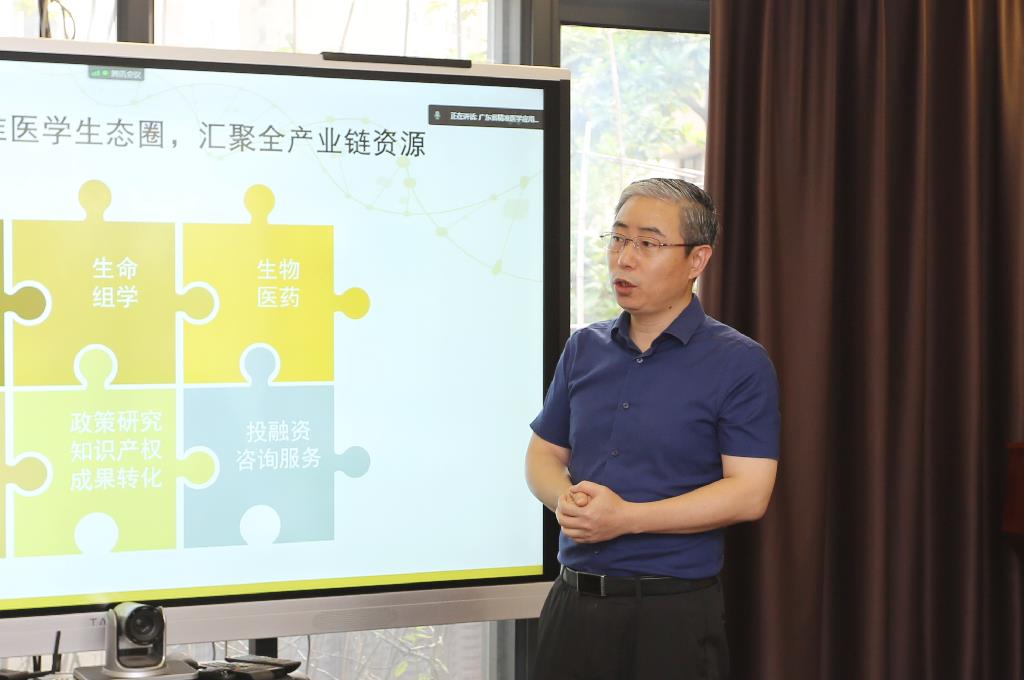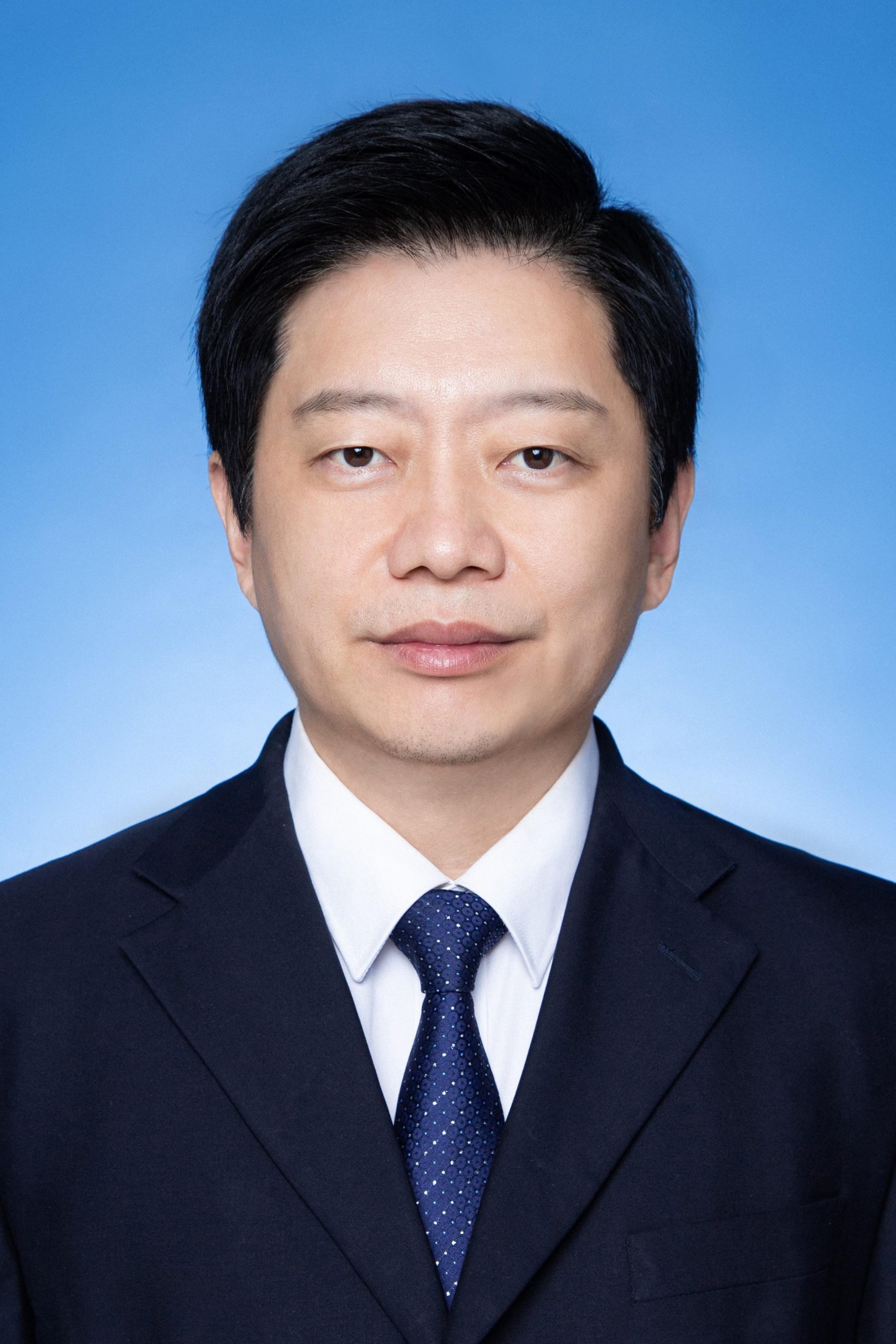Make every effort to build a platform for accurate treatment of acute and critical diseases, and escort patients with acute and critical diseases.

Acute and critical illness is a major disease that affects people’s lives and health. It has the characteristics of suddenness, unpredictability, complexity and rapid change of illness, and it has extremely high requirements for its handling ability.
In the context of the new era of emergency medicine, in order to better apply precision medicine technology to the treatment of critical illness, open up the pain points, difficulties and blocking points in the treatment of critical illness, and effectively improve the level of emergency treatment and overall service level in our province, the Emergency Branch of Guangdong Precision Medicine Application Society is actively preparing for construction.
Building a highland for emergency and critical care to escort health
Recently, the Emergency and Critical Care Branch of Guangdong Precision Medicine Application Society held its first preparatory meeting under the call of Professor Xin Li, the lead sponsor of the branch, vice president of Guangdong Provincial People’s Hospital (Guangdong Academy of Medical Sciences), director of emergency department and deputy director of emergency and critical care medicine department. Sun Binggang, Executive Vice President and Secretary General of the Society, attended the meeting. More than 20 co-sponsors, including Professor Jiang Longyuan from Sun Yixian Hospital of Sun Yat-sen University, Professor Liang Zijing from the First Affiliated Hospital of Guangzhou Medical University, Professor Li Xu from Southern Hospital of Southern University and members of the preparatory group, attended the meeting online and offline.

The first preparatory meeting of critical illness branch
At the meeting, Sun Binggang, executive vice president and secretary general of the Society, introduced the overall situation and development of the Society. He expressed the hope that the branch will give full play to the advantages of the multi-field platform of the Guangdong Society of Precision Medicine Application and actively contribute to the treatment of acute and critical diseases in the country and the province. Members attending the meeting held a heated discussion around the agenda of the development direction and future work priorities of the critical illness branch, and agreed on the establishment of the general meeting.

Sun Binggang, Executive Vice President and Secretary General of the Society, introduced and planned the work of the Society.
Professor Xin Li said that the branch will closely unite with workers in the fields of medical and health care, life science, biomedicine, big data, artificial intelligence, health industry and other related fields who are committed to precision medical diagnosis and scientific research, and lead, promote and standardize the research and application of new precision medical technologies, new methods and new products in the early accurate and rapid diagnosis of acute and critical diseases, effectively improve the early diagnosis rate and rescue success rate of patients, and complete the specific tasks of the state on the prevention and treatment of acute and critical diseases in the development of health care.

Xin Li
Vice President of Guangdong Provincial People’s Hospital
Lead sponsor of critical illness branch
Professor/Chief Physician, Doctor and Doctoral Supervisor of Guangdong Provincial People’s Hospital. Expert in emergency medicine, adjunct professor at School of Medicine, South China University of Technology.
Mainly engaged in the treatment and research of critical cardiovascular diseases, with in-depth research on the pathogenesis of aortic dissection, the therapeutic effect of vascular stem cells and the treatment of brain injury after cardiac arrest. At present, he has presided over 5 projects of the National Natural Science Foundation and more than 10 key research projects of the Provincial Science and Technology Commission, and has published nearly 40 articles collected by the first author or correspondent SCI, including European Heart Journal, Stem cells, Critical care medicine, Resuscitation, Aging, etc. Published 8 academic monographs, including 6 chief editors. In 2006-2007, he studied in the State Key Laboratory of Brain and Cognitive Sciences of the University of Hong Kong. For many years, he devoted himself to the research on stem cells, cardiopulmonary cerebral resuscitation, macrovascular diseases, etc., and made many discussions on the treatment of central nervous system injury by stem cells through proliferation and differentiation, immunomodulation and mitochondrial transfer, and made a series of scientific breakthroughs. In 2016, as the captain and chief expert of the Guangdong Medical Talents Group Aid Tibet Team, and the president and deputy secretary of the Party Committee of Linzhi People’s Hospital, he led the Linzhi People’s Hospital in Tibet to pass the evaluation of the third-class first-class hospital with excellent results.
As the chief expert of Guangdong/Tibet aid to Tibet, he won the award of young and middle-aged experts who made outstanding contributions to national health and family planning in 2017, was awarded the title of leading medical talents/outstanding young medical talents in Guangdong Province in 2018, and was awarded the May 1st Labor Medal of Xizang Autonomous Region and the title of outstanding aid cadre in 2019.
Currently, he is vice president of Guangdong Provincial People’s Hospital (Guangdong Academy of Medical Sciences), member of the Standing Committee of the Party Committee, director of the emergency department and deputy director of the Department of Emergency and Critical Care Medicine. He is also a member of the Emergency Branch of the Chinese Medical Doctor Association; Vice Chairman of Quality Control Group of Emergency Branch of Chinese Medical Doctor Association; Deputy Chairman of Emergency Branch of Guangdong Medical Association; Member of the Standing Committee of Emergency Branch of Guangdong Medical Association, Vice Chairman of Emergency and Disaster Medicine Branch of Guangdong Health Management Society.
Co-founder of critical illness branch
Jiang Longyuan Director/Chief Physician of the Emergency Department of the Second Affiliated Hospital of Sun Yat-sen University
Liang Zijing Deputy Secretary of Party Committee, Department Director/Chief Physician of Emergency Department of the First Affiliated Hospital of Guangzhou Medical University
Li Xu, Director/Chief Physician of Southern Hospital Department of Southern Medical University
Key work of critical illness branch
According to Professor Xin Li, the key work of the branch mainly focuses on the following points:
(1) Research and consultation
1. Give full play to the role of the Society as a bridge and link, organize research on issues related to rapid medical diagnosis in the field of acute and critical diseases, put forward positive suggestions for rapid diagnosis of acute and critical diseases, and make a leading contribution to the treatment of acute and critical diseases in the country and the province.
2. Integrate resources, and promote a number of cooperation in the application of new achievements, new technologies, new methods and new products in rapid medical diagnosis and treatment of critical diseases in Industry-University-Research.
(2) Academic exchanges
1. Organize international, national and provincial academic exchange meetings in the field of rapid medical diagnosis of critical diseases; Guide the formulation of relevant guidelines for early accurate diagnosis of acute and critical diseases.
2. Organize international, domestic, provincial and member units to carry out investigation and exchange activities related to rapid medical diagnosis of critical diseases.
3. Take the lead in organizing the standardization, revision, training and promotion of groups related to rapid diagnosis and precision medicine of acute and critical diseases, and improve the treatment level of acute and critical diseases.
(3) Publicity and training
1. Organize and carry out national and provincial continuing medical education projects related to precision medicine in critical areas.
2. Organize rapid medical diagnosis training related to critical illness (clinical, imaging, pathology, molecular diagnosis, genetic diagnosis, etc.).
3. Organize the popularization of rapid medical diagnosis of critical diseases.
(four) to participate in the work of Guangdong clinical genetic testing quality control center.
1. Promote and participate in the formulation of diagnosis and treatment standards and technical standards related to genetic testing; Promote the formulation of relevant laws and regulations, and strengthen the requirements of privacy protection, medical ethics, operational norms, data security and other aspects related to rapid diagnosis of acute and critical diseases.
2. Carry out medical training, assessment and evaluation related to rapid diagnosis and precise treatment of critical illness.
(5) Others
1 to carry out emergency rapid medical diagnosis expert group professional and technical service activities in the countryside.
2. Participate in the work of the Institute of Science and Technology Service Station.
3. Organize joint research on new technologies and member sharing activities.
Member field of critical illness branch
Managers who have obtained doctoral degrees in critical illness-related fields, or have intermediate titles or above, or above middle level can apply to join the critical illness branch, and the related fields include:
Precision medical research related to critical illness and workers in related fields such as medical and health, life omics, biomedicine, big data, artificial intelligence and health industry;
Relevant precision medicine industry associations, entrepreneurs and executives.
For details, please refer to the official website of Guangdong Precision Medicine Application Society or WeChat WeChat official account of Precision Medicine Society.